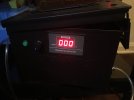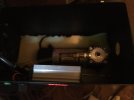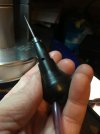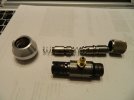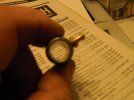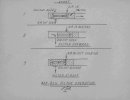Hey!
I'm really interested in engraving but have no experience whatsoever. The GRS machine seems steep to me, especially if I'm not skilled or experienced. I want to build the homemade engraving machine, but all the links are dead.
I know some of you guys recommend going to a workshop to try out but the thing is I'm from Singapore, and we don't really have any hand engraving courses.
I hope you guys can help me!
I'm really interested in engraving but have no experience whatsoever. The GRS machine seems steep to me, especially if I'm not skilled or experienced. I want to build the homemade engraving machine, but all the links are dead.
I know some of you guys recommend going to a workshop to try out but the thing is I'm from Singapore, and we don't really have any hand engraving courses.
I hope you guys can help me!


